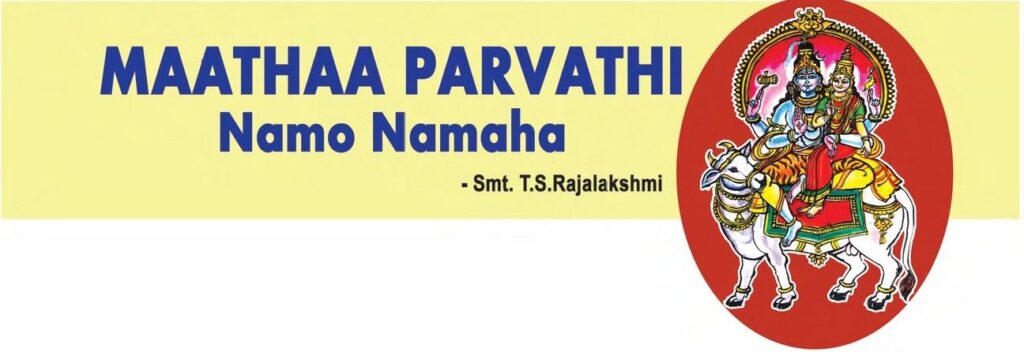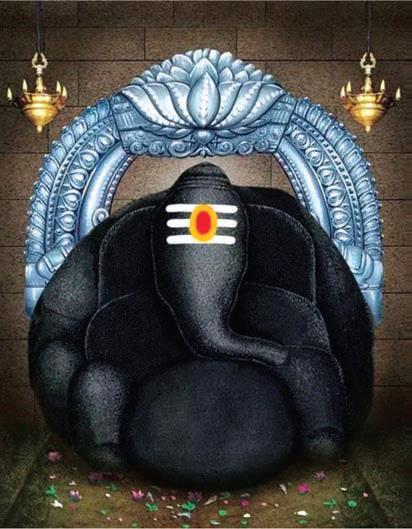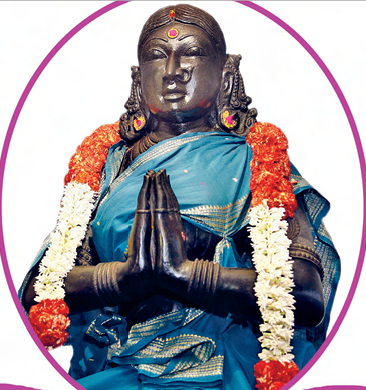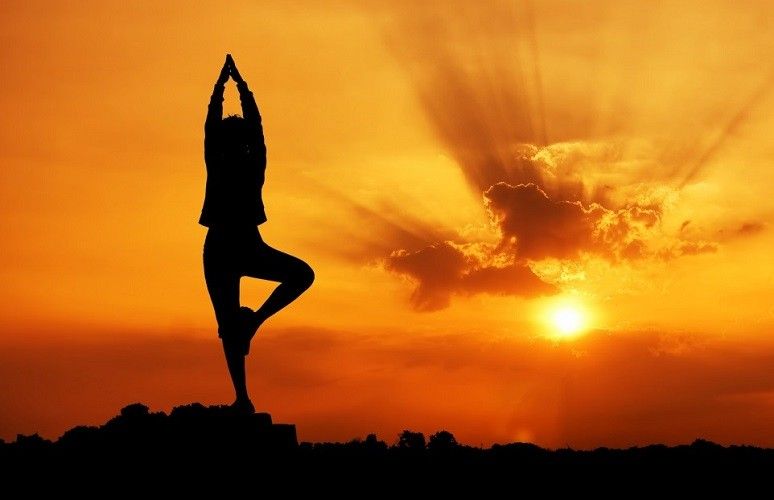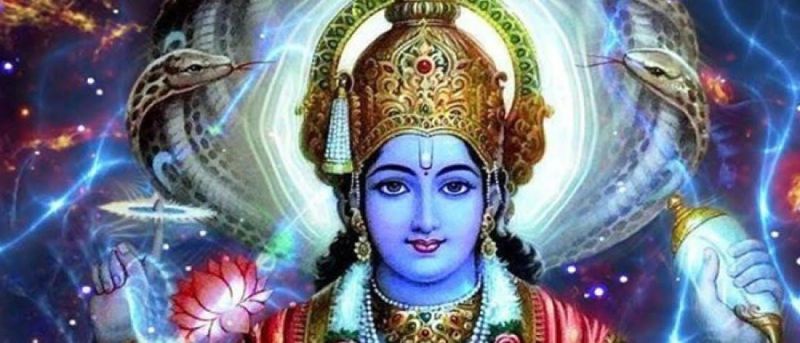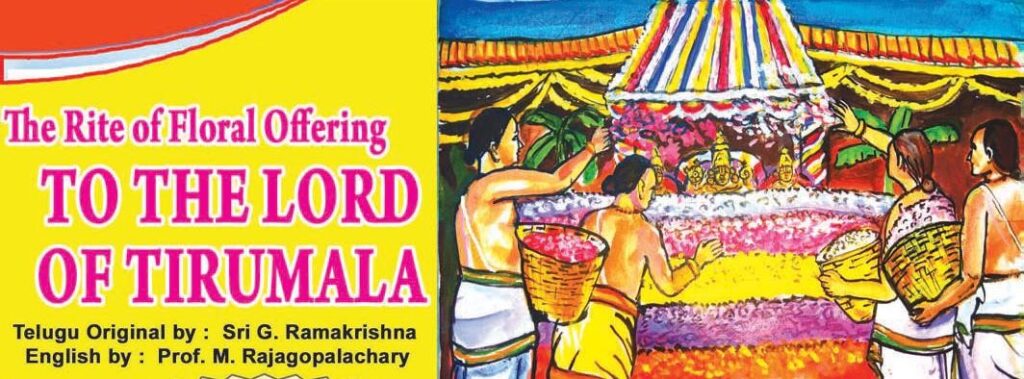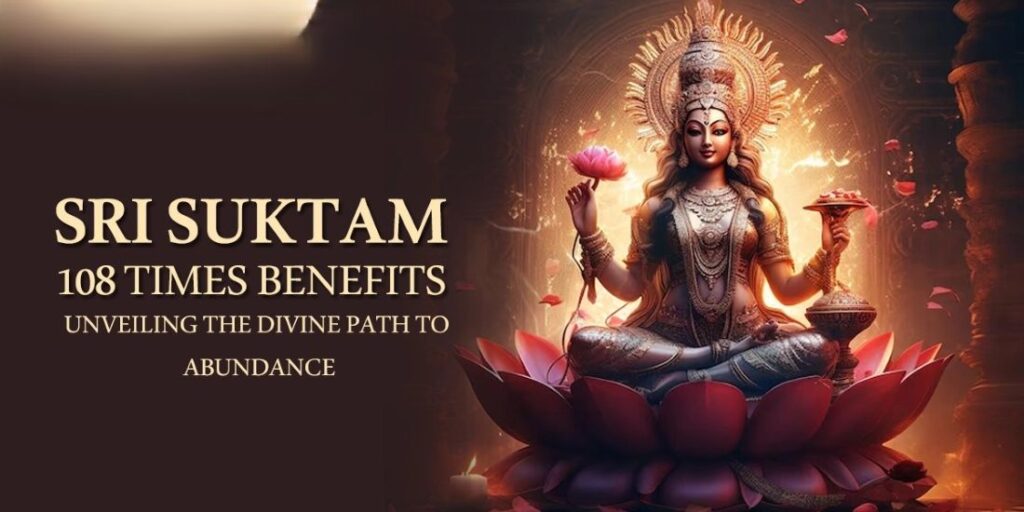Matsya Jayanti: Celebrating the First Avatar of Vishnu On the occasion of Matsya Jayanti 31-03-2025 According to the Matsya Purana, once upon a time, there was a king called Manu who left his kingdom and went to the Malaya country to perform penance. Lord Brahma was pleased and gave him the boon that he would Read More
Author:
Maathaa Parvati (1 of Adiparaa Sakthi forms) – Significance, Forms & Legends Explained
Parvati: Hindu Goddess of Power, Love & Devotion (Form of Adiparaa Sakthi) Adiparaa Sakthi is often worshipped in three primary forms – Maathaa Saraswati, Maathaa Lakshmi and Maathaa Parvati. These forms are for us to get blessed to the fullest as one cannot directly approach the Supreme. That is why according to temple custom, one Read More
Ganesha Pancharatna Stotram: Powerful Chant for Success & Prosperity
Ganesha Pancharatna Stotram: Chant for Blessings ‘Sri Ganesha Pancharatna Stotram’ is one among the many significantly divine compositions of Jagadguru Sri Adi Shankaracharya, praising the glory of Lord Ganesha. In Hindu tradition, it is a custom to worship Lord Ganesha at the commencement of every ritual. It is believed that Lord Ganesha being ‘Vigneswara’ will Read More
Matrusri Tarigonda Vengamamba: The Life and Legacy of a Devotional Poet
Matrusri Tarigonda Vengamamba: Biography, Poetry & Devotion Maha Yogini, Maha Tapswini, Gyana Saraswathi and Telugu Bharathi Matrusri Tarigonda Vengamamba was an ardent devotee of Lord Venkateswara. She was born in Tarigonda village which is four miles away from Vayalpadu of Chittoor District in the Brahmin family of Nadavarika sect with Vashistha Gotra to Sri Kanala Read More
Hindu Yoga: Discover the Sacred Origins of Modern Yoga (4 Paths of Yoga)
The Ancient Wisdom of Hindu Yoga: Find Inner Peace Indian thinkers did not separate the goal of life from the view of life. A man’s view of life matures based on what he wants to achieve. This resolve, in turn, leads him to attain some of his goals. 4 categories of Goals In Sanskrit, the Read More
Sri Vaishnava Mantras – Authentic Collection & Usage
Sri Vaishnava Mantras – Explore Sacred Chants In general, the human body must undergo several Samskaras before being ready for God’s realization. The Vaishnavaits regard that among all the Samskaras, the Pancha-Samskara is superior to all. According to them true life as a Vaishnavaite starts with Pancha-Samskara – the five Samskaras. During Smaashrayanam the Pancha- Read More
The 12 Emanations of Sriman Narayana: A Comprehensive Guide
Emanations of Sriman Narayana: Exploring Vishnu’s Avatars & Forms Emanations of the Supreme Being, Sriman Narayana is discussed in this article. Lord Vishnu’s Parama-pada is Vaikuntha. There the Lord is seated in all glory on a beautiful throne. The colour of the deity is that of a blue lotus. He is clad in a yellow Read More
Understanding Gadya Trayam: Key Concepts & Philosophical Insights
Gadya Trayam: Path to Surrender & Divine Grace | Spiritual Guide Eastern religions are distinguished by the emphasis they lay on experience than on authority. They have their rituals and mythologies but the basic conception that is dominating is the renewal of consciousness. The purpose of religion is spiritual and not merely metaphysical conversion. The Read More
Comprehensive Guide on Mantra Pushpam – Offering of flowers (Taittiriya Aranyakam)
Mantra Pushpam – Taittiriya Aranyakam of the Yajur Veda Performing Puja is a very popular form of worship. Towards the end of the Puja, the one Veda mantra that is soul-stirring and inspiring to every devotee is the Mantra Pushpam. Even those who have not studied the Vedas completely chant the Mantra Pushpa after the Read More
Shree Suktam Explained: A Guide to Prosperity & Abundance
Shree Suktam Vedic Hymn: Learn About Lakshmi’s Powerful Mantra Sooktas come under the category of Stuti Slokas. The word Sookta is from Su + Ukta meaning very well told. Shree Suktam is in praise of Goddess Maha Lakshmi – the consort of Lord Narayana. This Sooktam is a compilation of many Sooktas available in Vedas Read More
